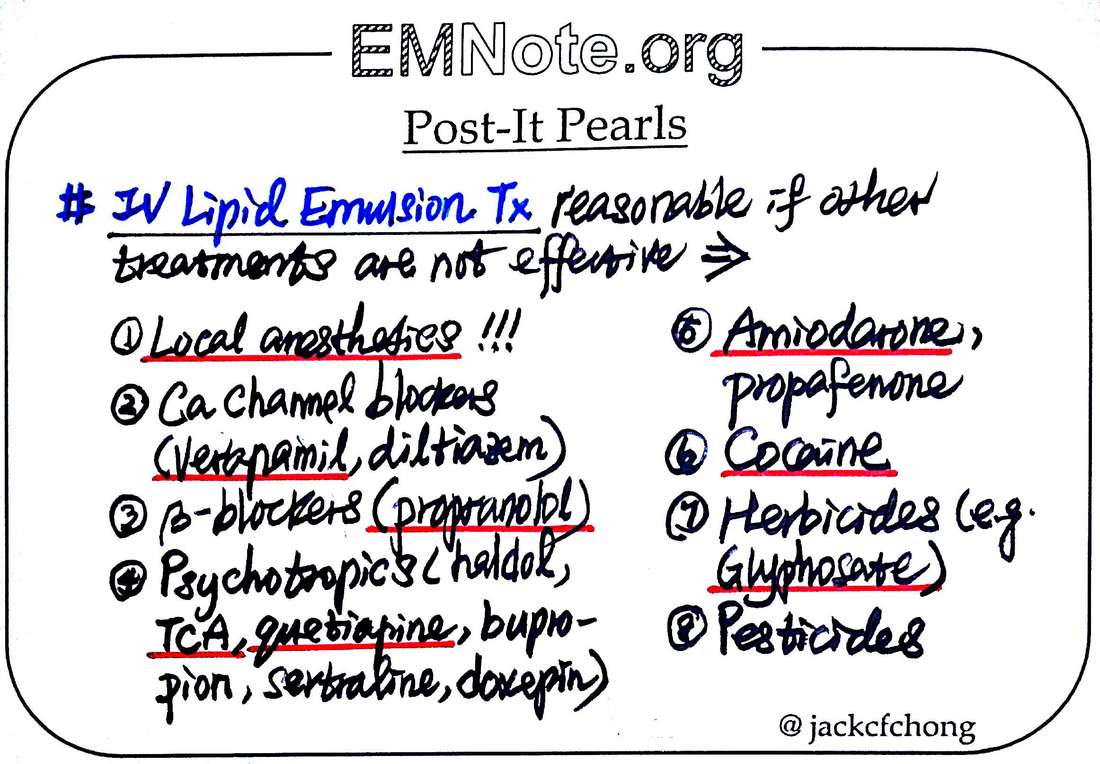

Relationship with the log p values of drugs and the success rate Outcomes with ILE therapy additionally, we investigated the Intoxication from more lipophilic drugs has more successful By these results, we tested the theory that Reviewing case series, which ILE therapy was given for Leading to poisoning and the success rate of ILE therapy by Relationship between the log p value of pharmacological agent The aim of this systematic review is to investigate the Values of drugs can be helpful in predicting the clinicalĮffectiveness of ILE therapy in lipophilic drug intoxications Such inconsistencies could be influenced by manyįactors such as amount of drug ingested, lipophilicity of drugĪnd dose of ILE given. Those demonstrating failure or success in same drug classes

Indicating the failure of ILE therapy, including thoseĭemonstrating different outcomes in different drug classes or When considering above-mentioned mechanisms of action, it isĪnticipated to achieve successful outcome with ILE therapy in Homeostasis and opening of mitochondrial pores. In recent studies, it was reported that longchainįatty acids in lipid emulsions exerted cardioprotectiveĮffects via signaling pathway that regulates calcium Inotropic effect by increasing the calcium level via the calciumĬhannels. InĬardiomyocytes, long-chain fatty acids contribute to positive īesides these mechanisms of action, it is also known that freeįatty acid has some effects on ion channels. In a study on rats, it was demonstrated that lipidĮmulsions had positive inotropic and lusitropic effects,Īlthough underlying mechanism couldn't be clarified. AnotherĪction mechanism that was proposed is the direct cardiotonic effect. Performance in ischemic, hypo-dynamic heart. That supplementation with fatty acids increased the Second theory is the enhancement ofĬardiac energy support.

Īccording to this statement, drugs with higher log p value Generally represented by logarithmic presentation (log10) ofĭistribution between octanol and water (octanol-water partitionĬoefficients log p or log d (distribution-coefficient). In a rat study, it wasįound that ILE given after bupivacaine injection decreased theĬoncentration of bupivacaine in heart, brain, lung, kidney and Theory, it is proposed that the lipid emulsion creates anĮxpanded lipid phase, resulting in redistribution thus, lipidĮmulsion leads the toxic drugs to pass into the plasma, where

Termed as lipid sink theory, was considered. Pharmacological sink for liposoluble drugs, which is also Theories were proposed on the pharmacodynamics and Of action couldn’t be completely understood. Shown that lipid emulsions are effective in the treatment ofĪccidental or intentional drug intoxications in many caseĪlthough many studies were carried out on ILE, its mechanism Therapy given after severe bupivacaine intoxication to beĮffective in resuscitation in intact rats. reported the Intravenous Lipid Emulsion (ILE) Introduced as an antidote in life-threatening drug intoxications. In recent years, the lipid emulsions used for nutrition were Intravenous lipid emulsion, Lipophilicity, Poisoning. It was found that log p value had no contribution to the treatment success in the group received ILE therapy>500 ml.Ĭonclusions: It was found that ILE therapy500 ml and that liposolubility had no significant contribution to treatment success. ALOGPS and ChemAxon log P values were higher in cases, which received ILE therapy ≤ 500 ml and showed successful results. ILE therapy under the amount of 100 ml failed to achieve successful outcome. Results: 141 patients were involved in this study log p values were calculated for all drugs regardless of the success of ILE therapy. Success rate was statistically assessed according to log p values of the substances taken and the amount of lipid emulsion used. Amount of lipid solutions given and the results were recorded. After applying exclusion criteria, totally 141 cases ingested single substance and received ILE therapy with 20% ILE solution were included in present study. Methods: We reviewed 765 cases published in PubMed between 1966 and June, 2015. In this study, we examined the lipophilic features of causative agents and the success of the treatment ILE therapy in intoxication cases. Objective: Although the action mechanism of intravenous lipid emulsion has not been fully elucidated yet, its use in liposoluble drugs intoxications. Visit for more related articles at Biomedical Research Abstract


 0 kommentar(er)
0 kommentar(er)
